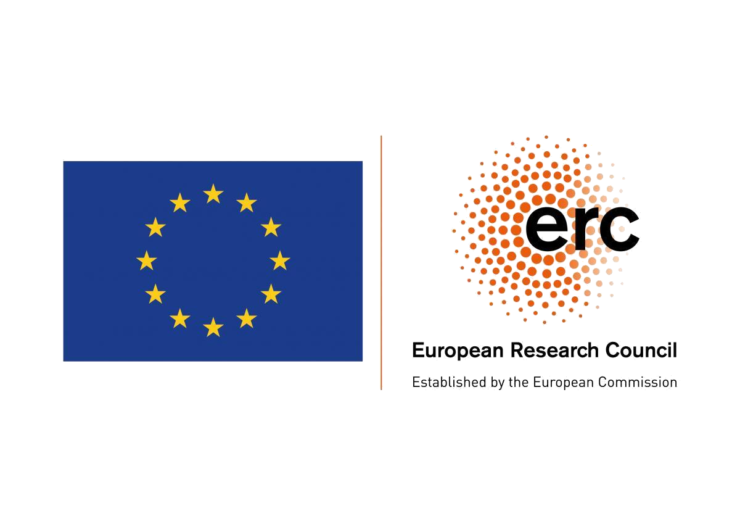Blog/Events
Interview with Pauline Dirven
Our project Forensic Culture in Europe has now been underway for ten months always and the members of our team have started to work on their first chapters and cases. For the first couple of blogs, a brief interview with each member of our team will introduce the different projects that make up “Forensic Cultures”. The fourth interview is with our PhD-candidate Pauline Dirven, who investigates the forensic culture of Britain.
Could you briefly explain your research project within FORCE?
In my project, I focus on the role and performances of forensic experts in Britain 1930-2000. I analyze how forensic scientists represented themselves in the courtroom to legitimize their position within crime investigation. In addition, I focus on the ways in which they were represented in the media; I look at their portrayal in the newspapers and in crime fictions. The aim of my project is to establish the role, performance, and behavior of the forensic expert facing an audience. To be precise, I analyze how scripts for the performance of knowledge production on crime functioned in England 1930-2000, in the newspapers, crime fiction, and the courtroom. While answering this question, I will consider the ways in which these different scripts (journalistic, fictional, and legal) interacted with each other.
What did you do before you joined this project?
I have obtained both my Bachelor and Research Master degree at Utrecht University. Here I developed an interest for gender- and body history. My master thesis was on modernity and amusement dances in the early twentieth century in the Netherlands. This might seem a bit odd; at first sight, it has nothing to do with forensic culture. However, in both my master thesis and my current project I focus on (bodily) performances. I am interested in the ways people present themselves and how cultural norms influence how they can behave.
What exactly fascinates you about the history of forensics?
I think my interest is twofold. First, it has to do with the exact question you have asked me; why are, and were, people so fascinated with forensics? Looking at the contemporary popularity of television series such as CSI and Body of Proof, or the past (and continuing) adoration of Sherlock Holmes, it is clear that a large audience is intrigued by forensics. I am curious to find out how this fascination unfolded during the previous century and how it interacted with developments in forensic science. Second, as this previous statement already indicates, I am interested in the ways in which culture influences this seemingly objective way to search for ‘the truth’. While at first sight, forensics and science in general might connotate ‘fact’ and ‘objectivity’, ongoing research illustrates that cultural norms and social believes concerning gender, class, race, and sexuality influence forensic research.
Can you tell us about a source, case or object that you find particularly fascinating?
Recently, I have presented a paper on the Ruxton case. I am fascinated by this case because so many elements come together. The Ruxton case was a sensational crime in 1935-1936. Dr. Buck Ruxton was tried for the murder of his wife Isabella, who he said was unfaithful to him, and their nursemaid Mary Rogerson, who the defense believed to have been the witness of Dr. Ruxton’s strangulation of his wife. The case rested on the premise that Dr. Ruxton had dismembered the bodies of the women, and scarred the parts in a ravine. The public was captured by this case, and newspapers keenly reported on the police’s progress and the proceedings in the courtroom. Reports said that this was one of the first cases in which forensic science had significantly contributed to the conviction of a murderer. Looking at the trial transcripts, it is clear that forensic research was abundant in this case. Scientists from Glasgow and Edinburgh tried to identify the remains and determine the cause of death. They did so, using new forensic techniques; for example, superimposition of photographs of the skulls and portraits of the women, and fitting casts of the feet into the shoes of the alleged victims. In the courtroom these scientists tried to legitimize their research and the use of these techniques by deploying various ‘performance strategies’; the use of simple langue, demonstrating the techniques, emphasizing their teamwork, and so on. In the newspaper, their work was praised and legitimized by journalists’ comparisons between the case and the endeavors of fictional detectives. For example, the use of dental records was said to be justified, as this had proved to be a successful method in A. Milne’s Red House Mystery. Here, the case indicates the importance of taking into account the interaction between forensic science and its media representations. It shows the importance of detective fiction for a public that was trying to understand the role of forensic science in a crime case.
Why do you think this project is important?
I think it is important to get a clear perspective on the impact of culture on forensic science (a field that connotates objectivity and ‘facts’). I believe this project will give insights into the ways in which social and cultural norms influenced scientists’ practices in the lab and performances in the courtroom. It will also illustrate how forensic science and media representations (both fictional and journalistic) interacted with each other.


